Introduction

Rugby is a sport that demands explosive strength, speed, and agility. To excel on the field, rugby players need to develop these attributes through effective training methods. One highly effective approach is plyometric training. In this article, we’ll explore the benefits of plyometric training, provide detailed descriptions of top plyometric drills, and offer practical tips for integrating them into your rugby training routine.
What is Plyometric Training?
Plyometric training involves exercises that require muscles to exert maximum force in short intervals of time. This type of training is designed to improve power, speed, and agility by developing fast-twitch muscle fibers and enhancing neuromuscular efficiency. For rugby players, plyometric training is essential for improving performance in tackles, sprints, and jumps.
Benefits of Plyometric Training for Rugby Players
- Explosive Strength: Enhances the ability to exert force quickly, which is crucial for tackles and scrums.
- Speed and Agility: Improves quickness and change of direction, vital for evading opponents and making swift plays.
- Power Development: Builds lower and upper body power, essential for jumps and powerful runs.
- Injury Prevention: Strengthens muscles and tendons, reducing the risk of injuries.
Watch the Youtube Video Here 👇
Top Plyometric Drills for Rugby Players
1. Pogo Hops and Single-Leg Pogo Hops
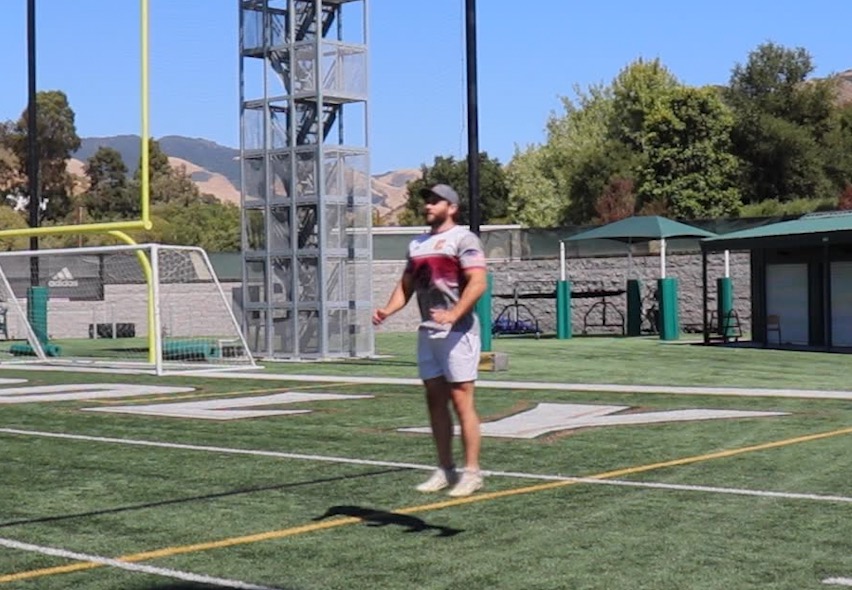
Description: Perform pogo hops by jumping vertically with minimal knee bend, using the ankles for bounce. Single-leg pogo hops involve the same motion on one leg.
Benefits: Improves ankle stiffness and reactive strength.
Coaching Tips: Keep legs straight, use ankle bounce, and maintain rhythm.
2. Multi-Directional Plate Hops
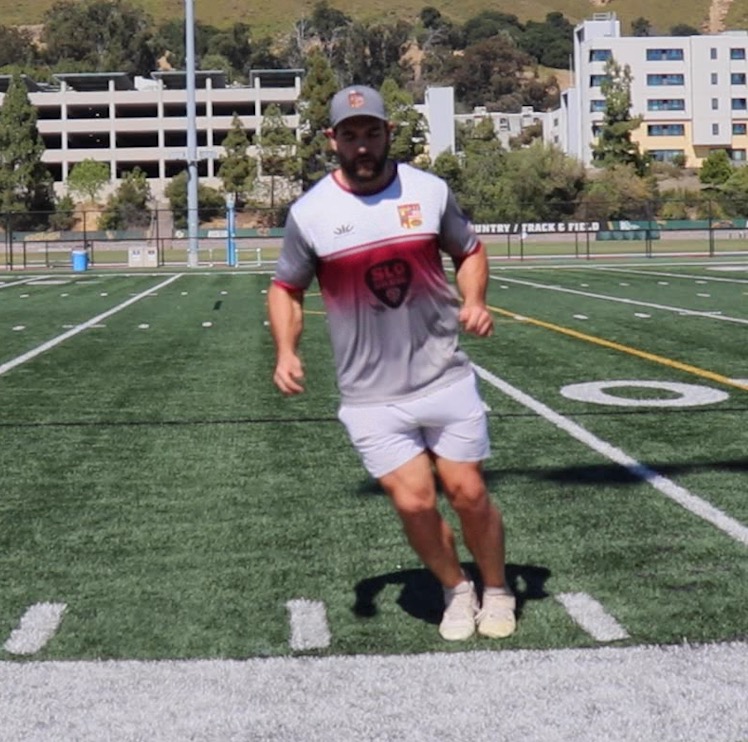
Description: Jump in various directions over a plate or marker, focusing on quick and controlled movements.
Benefits: Enhances agility, coordination, and explosive power in multiple planes of movement.
Coaching Tips: Stay light on your feet, maintain a low center of gravity, and focus on quick changes of direction.
3. Skater Jumps
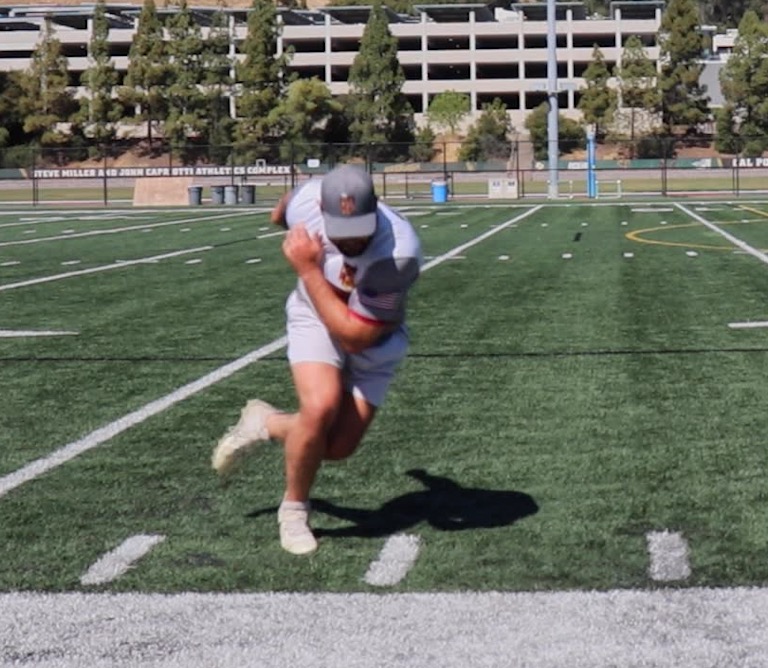
Description: Perform lateral jumps, mimicking a skating motion.
Benefits: Develops lateral power and balance, essential for sidestepping and changing direction.
Coaching Tips: Land softly, use arms for balance, and keep a low center of gravity.
4. Two Single-Leg Jumps to Broad Jump
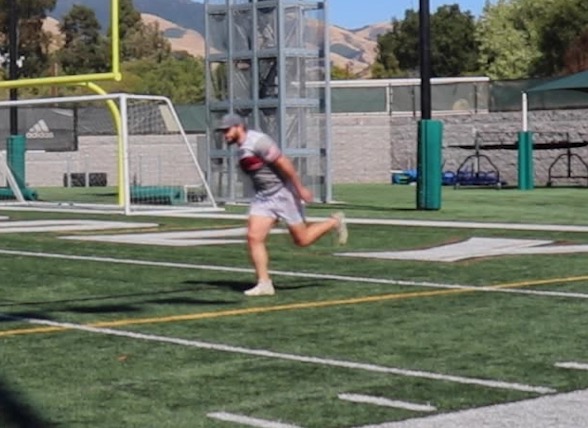
Description: Perform two single-leg jumps followed by a broad jump.
Benefits: Builds single-leg strength and stability, enhancing overall leg power and balance.
Coaching Tips: Ensure balance on single-leg jumps, use a powerful arm swing for the broad jump, and focus on a strong, explosive take-off.
5. Step-Up Jumps
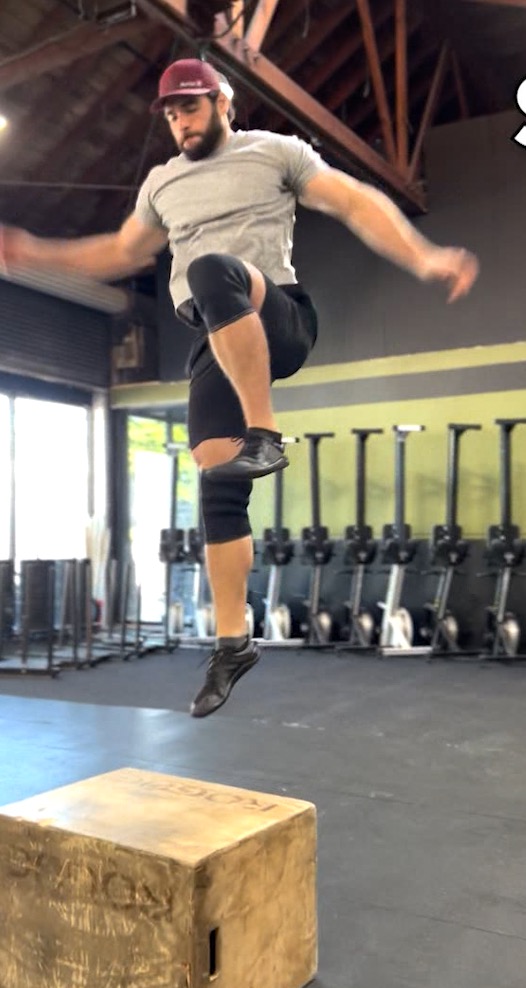
Description: Jump onto a box or platform from a single-leg step-up position.
Benefits: Improves single-leg power and coordination.
Coaching Tips: Drive through the heel, use arms for momentum, and land softly.
6. Lateral Bounds
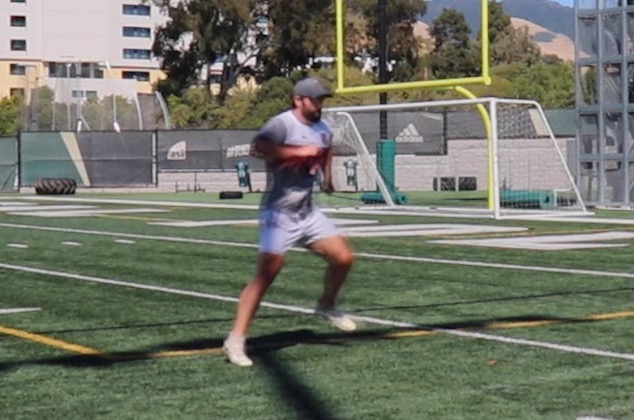
Description: Perform powerful lateral jumps from one leg to the other.
Benefits: Develop lateral power and agility.
Coaching Tips: Maintain a low center of gravity, use arms to balance, and ensure controlled landings.
7. Single-Leg Depth Jump to Skater Jump
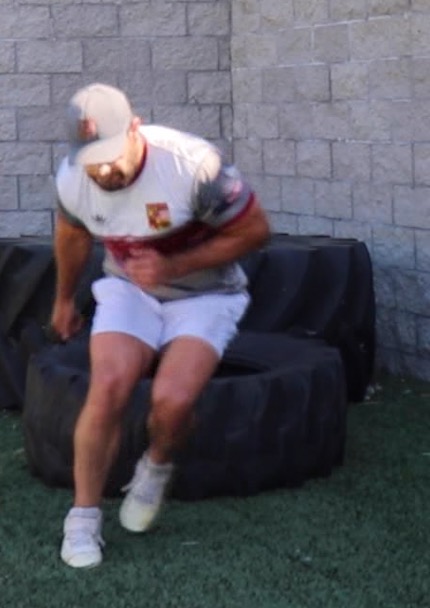
Description: Perform a depth jump from a box on one leg, followed by a skater jump.
Benefits: Enhances reactive strength and lateral agility.
Coaching Tips: Step off the box carefully, minimize ground contact time, and transition quickly to skater jumps.
8. Hurdle Hops
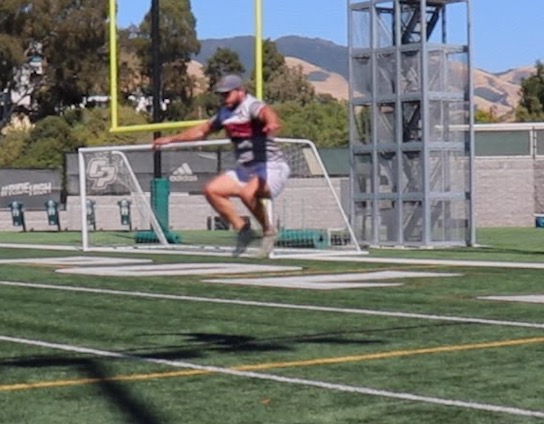
Description: Jump over hurdles, focusing on vertical height and quick ground contact.
Benefits: Improves vertical power and coordination.
Coaching Tips: Use a powerful arm swing, land softly, and focus on quick, explosive take-offs.
9. Repeat Broad Jumps
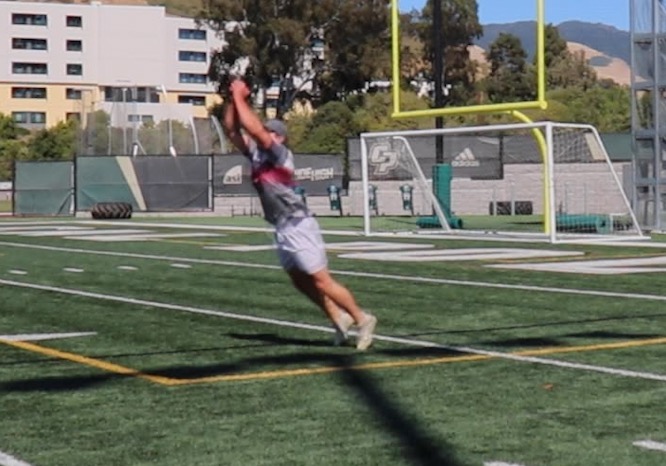
Description: Perform continuous broad jumps, focusing on explosive forward jumps.
Benefits: Builds lower body power and endurance.
Coaching Tips: Maintain a consistent rhythm, use a powerful arm swing, and focus on distance and control.
10. Two Broad Jumps to Vertical Jump
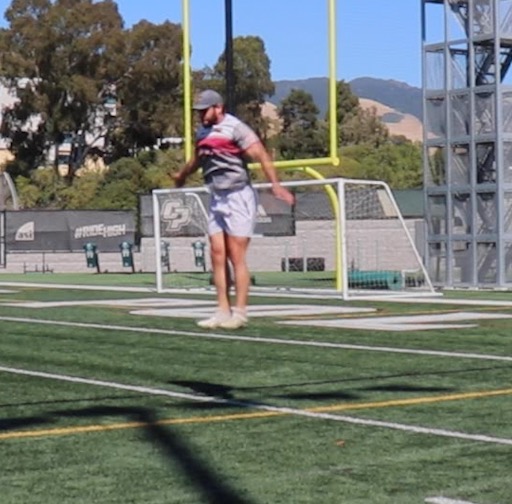
Description: Perform two broad jumps followed by a vertical jump.
Benefits: Develop comprehensive lower body power.
Coaching Tips: Ensure powerful and controlled broad jumps, use a strong arm swing for the vertical jump, and land softly.
Integrating Plyometrics into Your Rugby Training
To effectively integrate plyometric drills into your rugby training, consider the following guidelines:
- Frequency: Perform plyometric drills 2-3 times per week.
- Volume: Aim for 3-4 sets of 5-8 reps per drill.
- Progression: Gradually increase the intensity and complexity of the exercises as you become more proficient.
Common Mistakes to Avoid
- Poor Landing Technique: Ensure soft, controlled landings to avoid injury.
- Inadequate Rest: Allow sufficient rest between sets to maintain high-quality efforts.
- Improper Progression: Start with basic drills and progress to more advanced movements.
Conclusion
Plyometric training is a powerful tool for rugby players looking to enhance their explosive strength, speed, and agility. By incorporating these top plyometric drills into your training routine, you can significantly improve your on-field performance. Remember to focus on proper technique, allow adequate rest, and progress gradually to maximize the benefits.
If you’re looking to take your athletic performance to the next level, consider joining our Peak Performance Program. Our expert coaches will guide you through each phase of training, ensuring you achieve your full athletic potential. Join us today and experience the benefits of a scientifically-backed, individualized training approach.
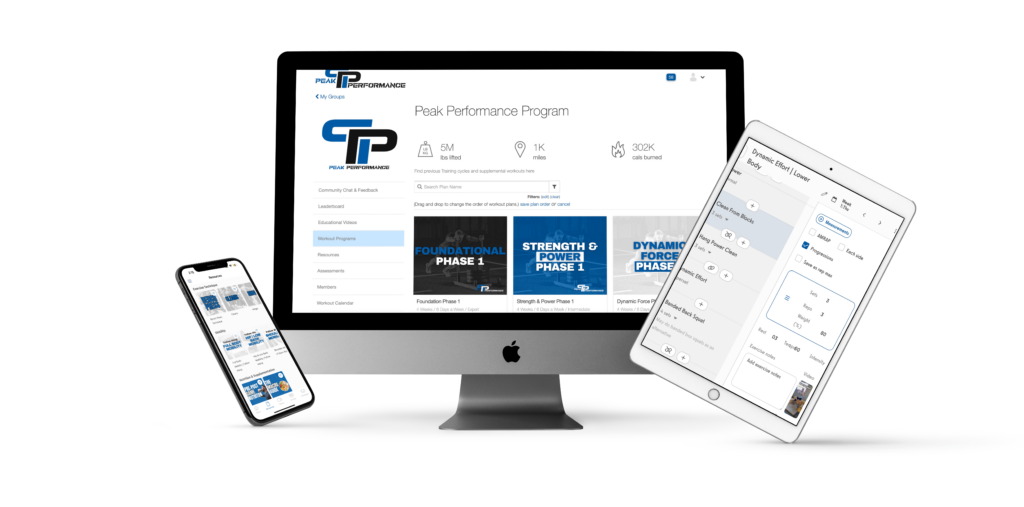

Be The First To Comment